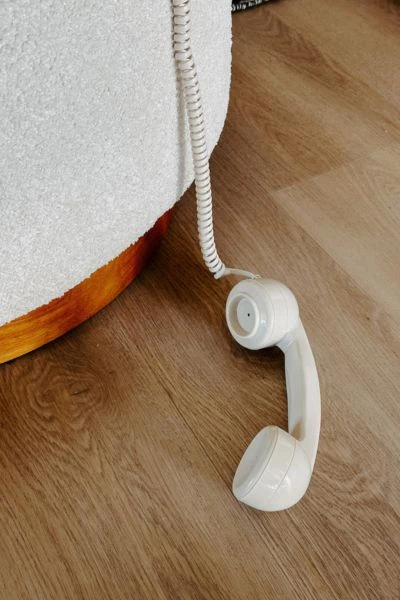If you’re thinking about pitching to a brand for a partnership or collaboration. A media kit is a crucial part of any blog planning. But what makes a media kit different from a blog plan or pitch deck?
A media kit is a document that contains detailed information about your blog or brand, including information about your brand, your target audience, and blog stats, among other things. If you’ve been feeling stuck on what to include we sharing 5 things you should include in your media kit.

What is a media kit?
Media kits are used by bloggers and content creators to pitch story ideas to brands and media outlets. By following these five steps, you will be able to create a media kit that will get the attention of bloggers, writers and other media professionals.
1. Share more about who you are
When you work in media, you will inevitably be approached by various organizations or PR agencies. It’s a given that, at some point, you will likely be asked for more information about who you are. It could be as simple as writing a brief bio about yourself. However, in addition, you will be asked to provide pictures of yourself, links to your website and social sites, and descriptions of your specialities. A media kit is a document that provides all of the information that you might be asked for or that an organization or PR firm might want or need to know about you.
2. Share social & blog stats
You have to include your social and blog stats in your media kit so that you can convince the brands that you work with that you are worthy of working with them. Let’s get real, it’s all about the numbers when it comes to working with most brands.
Brands commonly ask for the number of followers you have and what your blog stats are. Things you should be included are…
For blog stats
- Your total monthly pageviews
- New users
- Who your target audience is
- Where are they located
- Unique monthly pageviews
For social media stats
- Engagement rate
- Reach
- Number of comments, share, etc
- Number of followers
These are all important to showcase to a brand to allow them to decide if you’re a good fit for them.
3. A professional headshot
It’s important to include a headshot of yourself so that the brand can see who the person behind the brand is.
4. Services
Share what kind of content you offer and how you can ensure to deliver the content. Content such as social media content and platforms, video, podcasts, and other content. This will give the brand an idea of what exactly you can offer them.
5. Contact Information
Make sure to include your contact information like your email address, website, etc so that the brand can easily get in touch with you if they have any questions or would like to collaborate with you.
In conclusion, media kits are a great tool to help you present your business, blog or freelance brand. When properly assembled, a media kit can help secure interviews, advertising, attract media opportunities, and help attract new followers.






Thanks so much for sharing, Candice! Putting together a better media kit is on my list for this year and I’ll definitely be going back through your posts for help! 🙂
Wishing you a wonderful week!